Deep in the folklore and mythology of various cultures exists the fascinating tale of a serpent that only stirs when thunder cracks across the sky. This mysterious creature, often referred to as the “thunder snake” or “storm serpent,” has captivated the imagination of people worldwide for centuries. While modern science disputes the existence of a snake that exclusively moves during thunderstorms, these legends reveal fascinating insights about cultural relationships with nature, reptilian behavior during weather events, and the human tendency to create meaning from natural phenomena. In this article, we’ll explore the origins of this compelling myth, examine actual snake behavior during storms, and uncover why such legends persist in our collective consciousness.
Origins of the Thunder Snake Myth
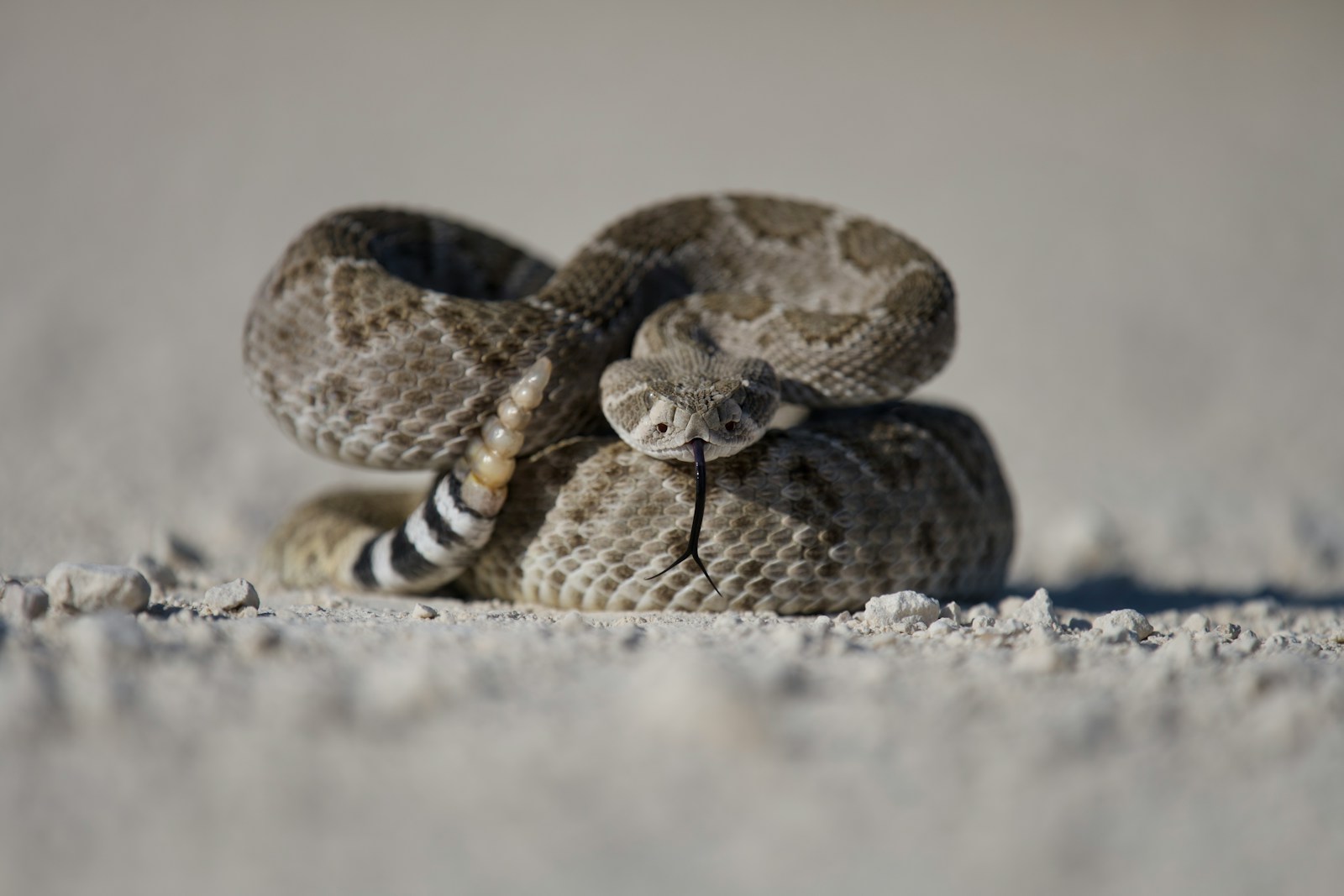
The legend of snakes that move only during thunderstorms appears in numerous cultures globally, particularly in regions where both severe thunderstorms and venomous snakes are common. Native American tribes, particularly in the southeastern United States, have stories of serpents that emerged from underground havens when thunder signaled the arrival of spring rains. Similarly, various African cultures speak of serpent deities that control lightning and thunder, moving between the heavens and earth during violent storms. In parts of Asia, particularly in Chinese folklore, there are tales of dragon-like serpents that rise with the storm clouds, controlling rainfall and agricultural fertility. These widespread myths likely emerged as early humans attempted to explain the increased snake sightings that often coincide with stormy weather.
Scientific Reality Behind the Legend
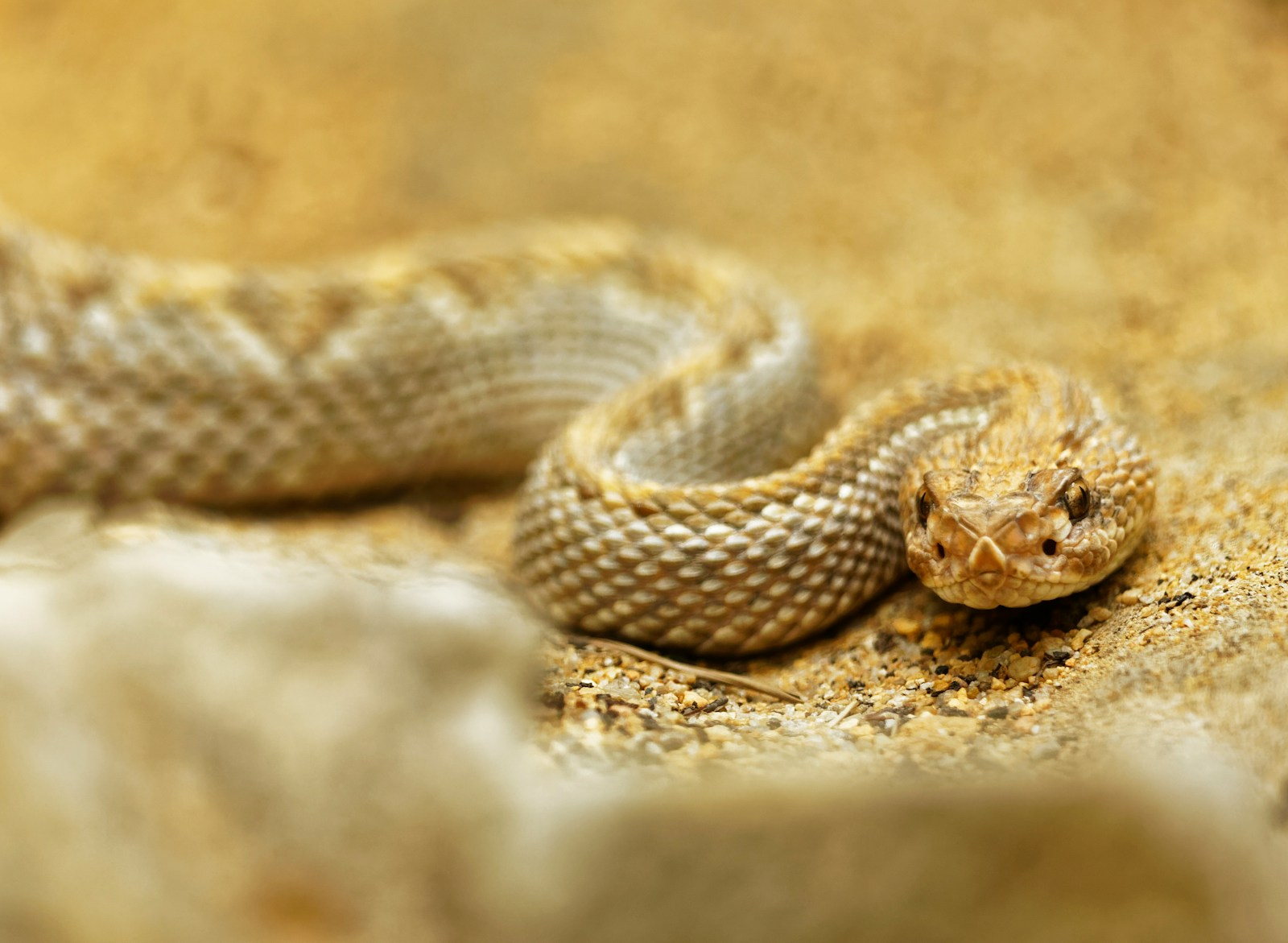
While no snake species exclusively moves during thunderstorms, there is scientific validity underlying these myths. Many snake species become more active during and after rainfall, particularly in arid regions where moisture is scarce. The increased humidity creates favorable conditions for movement, as snakes can travel with less risk of dehydration. Furthermore, storms often flood snake burrows and hiding places, forcing them to seek higher ground and increasing human-snake encounters. Barometric pressure changes preceding storms can also trigger increased snake activity as they respond to environmental cues. These natural behaviors, observed over centuries, likely contributed to the belief in thunder-activated serpents.
The Horned Serpent in Native American Lore
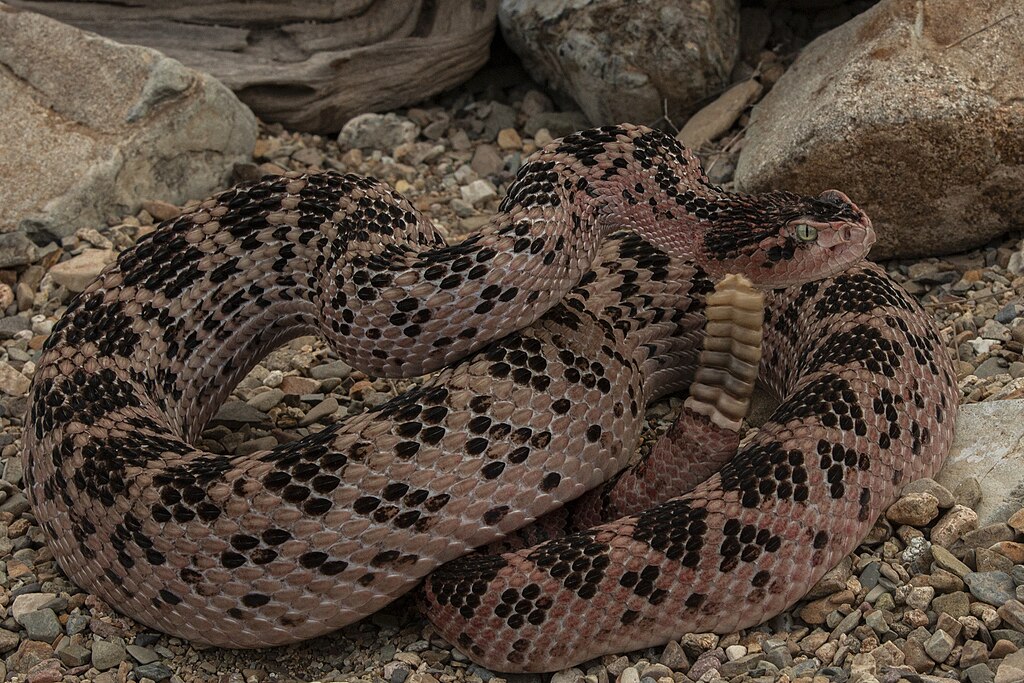
Among the most prominent thunder snake myths is the Horned Serpent or Uktena of Cherokee tradition, a powerful being said to move primarily during thunderstorms. This magnificent creature was believed to possess a crystal embedded in its forehead that granted visionary powers to those brave enough to obtain it. The Horned Serpent was not merely a monster but a complex figure representing both danger and potential power, particularly connected to weather patterns and water sources. Similar beings appear in Lakota, Creek, and numerous other tribal mythologies, often associated with rainfall, lightning, and thunder. These traditions reflect sophisticated ecological knowledge, connecting snake behavior to seasonal weather patterns essential for agricultural planning.
African Thunder Snakes and Lightning Gods

Across various African cultures, serpents feature prominently in thunderstorm mythology, often as manifestations of powerful deities. In Yoruba tradition, the deity Oshunmare appears as a snake that creates rainbows after thunderstorms, forming a bridge between heaven and earth. The Dogon people speak of Lebe, a serpent deity connected to thunder who ensures agricultural fertility through seasonal rains. In southern Africa, lightning is sometimes attributed to the movement of great serpents through the clouds. These myths reflect the ecological importance of seasonal thunderstorms in agricultural societies, where rain brings life and too much or too little can mean disaster.
Asian Dragon-Serpent Weather Deities

In East Asian traditions, particularly Chinese mythology, the line between dragon and serpent often blurs in creatures that control thunder and lightning. The Dragon Kings were believed to control rainfall, moving through the heavens during storms and bringing prosperity or punishment through their control of water. Japanese folklore speaks of Raijū, a lightning beast sometimes depicted in serpentine form, that becomes active during thunderstorms. In India, the great cosmic serpent Shesha is associated with Vishnu and the primordial waters that bring life through monsoon rains. These traditions reflect sophisticated understanding of seasonal weather patterns crucial for agricultural societies dependent on predictable rainfall.
Actual Snake Behavior During Storms
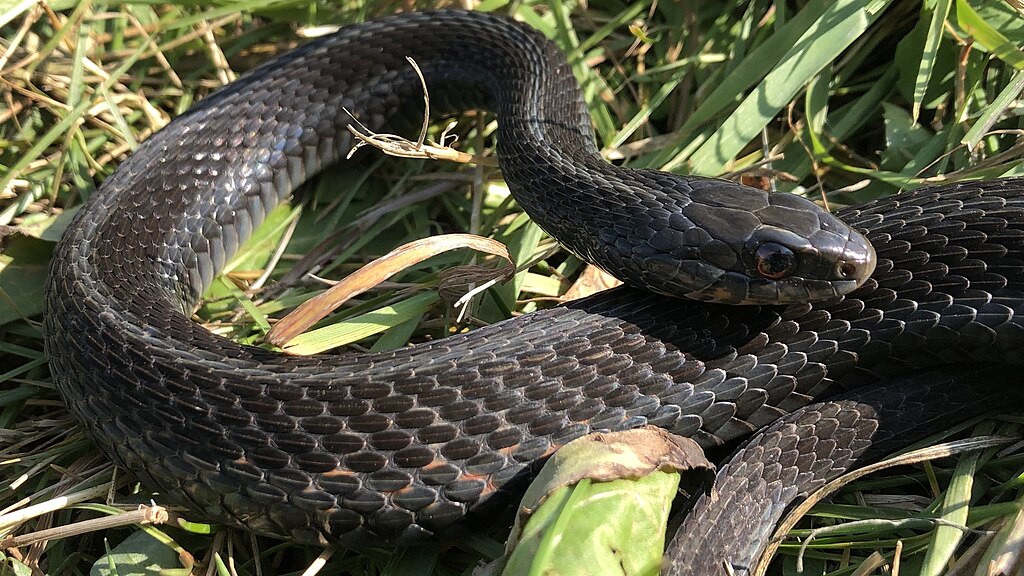
Real snakes exhibit fascinating behavioral adaptations to thunderstorms and changing weather conditions. Many species can detect barometric pressure drops that precede storms, often leading to increased movement as they seek shelter. During heavy rainfall, snakes typically seek elevated ground to avoid flooding, which can lead to unexpected encounters with humans as the reptiles move to safer locations. Some species appear more frequently after storms as they hunt prey animals like frogs and small mammals that become more active in moist conditions. Temperature changes during storms also affect snake behavior, as these cold-blooded animals adjust their activity levels based on environmental conditions.
The Rattlesnake Weather Connection

Rattlesnakes in particular have contributed to thunder snake myths in North America due to their distinctive behavior around storms. These venomous serpents often become more active before and after thunderstorms, especially in desert regions where rain is scarce. The humidity following rainfall makes movement easier for rattlesnakes, reducing the risk of dehydration as they travel across arid landscapes. Additionally, monsoon season in the American Southwest coincides with rattlesnake mating periods, further increasing their visibility. Their tendency to emerge after rain to hunt moisture-loving prey like amphibians creates a noticeable pattern of increased sightings connected to thunderstorm activity.
Electromagnetic Sensitivity in Snakes
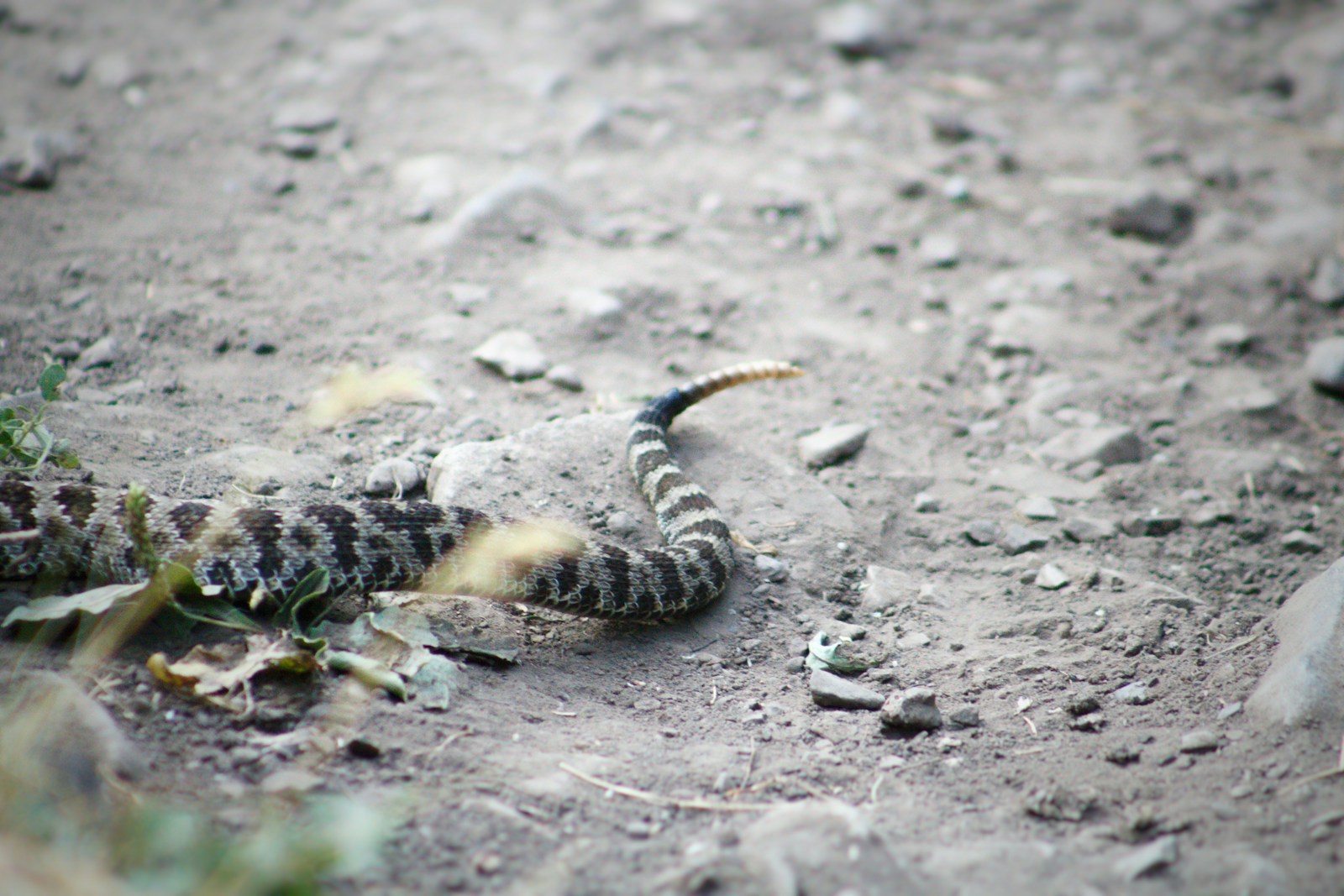
One intriguing aspect of snake biology that may contribute to thunder myths is their potential sensitivity to electromagnetic fields. Some research suggests that snakes, like many reptiles, may possess the ability to detect electromagnetic changes that accompany thunderstorms. This sensitivity could theoretically allow them to anticipate storms before human observers notice changing conditions. While not conclusively proven, studies on reptilian perception indicate possibilities for electromagnetic reception through specialized cells or organs. If such sensitivity exists, it would provide a biological basis for the observation that snakes sometimes appear more active before electrical storms, seemingly responding to thunder before it even arrives.
Psychological Aspects of the Thunder Snake Myth
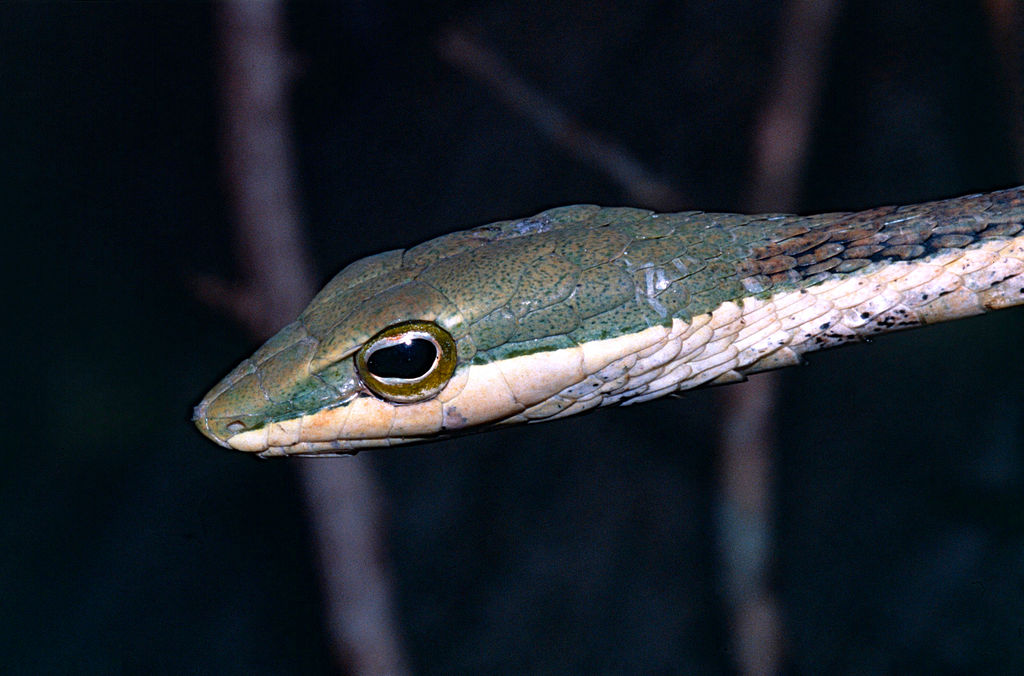
The persistence of thunder snake myths reveals interesting aspects of human psychology and our relationship with feared animals. Thunderstorms represent powerful, uncontrollable natural forces that have inspired awe and fear throughout human history. Similarly, snakes trigger instinctive fear responses in many humans, possibly due to evolutionary adaptations from our primate ancestors. The combination of these two fear-inducing elements—storms and serpents—creates a psychologically powerful symbol that resonates across cultures. Additionally, confirmation bias plays a role, as people are more likely to remember and report snake encounters during dramatic weather events while forgetting mundane sightings during clear weather.
Modern Observations and Documentation

While modern herpetology dismisses the idea of snakes that move exclusively during thunderstorms, field researchers have documented fascinating storm-related behaviors in various species. Wildlife biologists studying snake activity patterns have noted statistical increases in certain species’ movements following rainfall events. Camera trap studies in tropical regions show greater snake activity on forest floors after storms pass. Snake researchers working in desert environments regularly observe increased rattlesnake movement during monsoon seasons. These scientific observations provide context for historical thunder snake myths, demonstrating how accurate ecological observations become intertwined with cultural interpretations over generations.
Safety Considerations During Stormy Weather
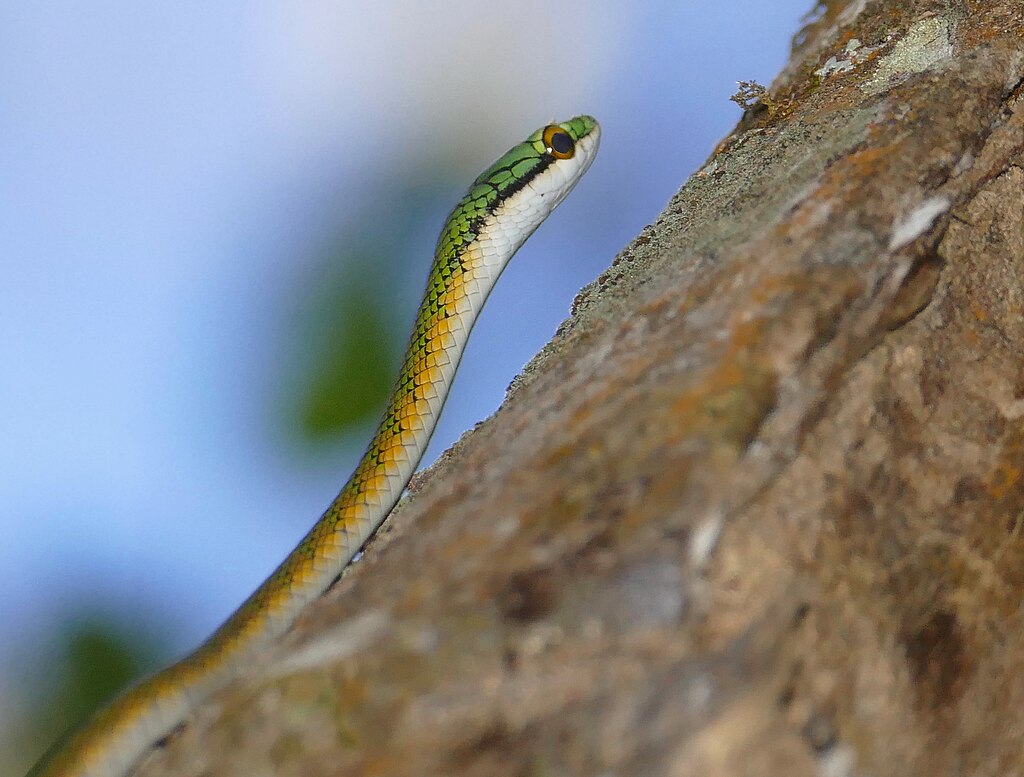
Understanding the relationship between snakes and storms has practical safety implications for people living in snake-populated regions. After heavy rainfall, residents should exercise increased caution in areas where flooding might displace snakes from their typical habitats. Outdoor enthusiasts should be particularly vigilant on hiking trails after storms pass, as snakes may be crossing paths to reach higher ground. Homeowners should inspect buildings for potential snake entry points that might be utilized during severe weather events. Wildlife experts recommend maintaining a safe distance from any snake encountered after storms, as displaced snakes may be more defensive due to stress and unfamiliar surroundings.
The Thunder Snake in Popular Culture

The compelling image of the thunder snake has left its mark on contemporary arts, literature and entertainment. Fantasy literature frequently features magical serpents connected to storm elements, drawing from the rich mythological traditions across cultures. Films and television shows about cryptozoology or supernatural phenomena occasionally reference thunder snakes as mysterious creatures awaiting discovery. Indigenous art forms continue to depict thunder serpents in traditional and contemporary expressions, maintaining cultural connections to these powerful symbols. Video games and other digital media have adopted the thunder snake concept for creature design, creating monsters and magical beings that harness lightning and emerge during storms.
Why the Myth Persists Today
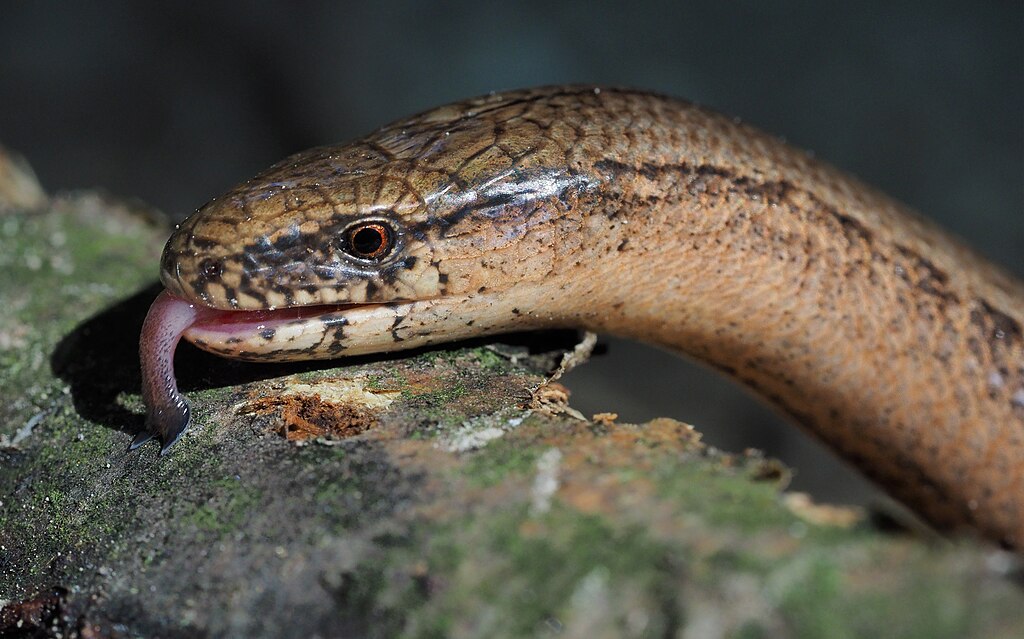
Despite scientific understanding of actual snake behavior, the thunder snake myth continues to captivate imagination and appears in contemporary folklore. This persistence speaks to the power of cultural narratives that connect humans to natural phenomena through memorable, emotionally resonant symbols. The thunder snake represents an intersection of observable natural behavior and human meaning-making, demonstrating how scientific fact and cultural interpretation can coexist. For many indigenous communities, these traditions remain living cultural knowledge rather than mere superstition, representing sophisticated ecological understanding passed through generations. In our modern world of climate uncertainty, stories connecting powerful weather events to animal behavior remain relevant as we seek to understand changing natural patterns.
While science confirms no snake species moves exclusively during thunderstorms, the widespread legends of thunder serpents contain kernels of ecological truth wrapped in cultural significance. These myths remind us that human observations of nature, even when cloaked in supernatural explanation, often contain valuable knowledge about animal behavior and environmental patterns. As climate change alters weather patterns globally, understanding the relationship between wildlife and weather events becomes increasingly important. The thunder snake, whether real or mythical, represents our enduring fascination with the natural world and the creatures with whom we share this planet—particularly those that emerge when the skies darken and thunder rolls across the land.





